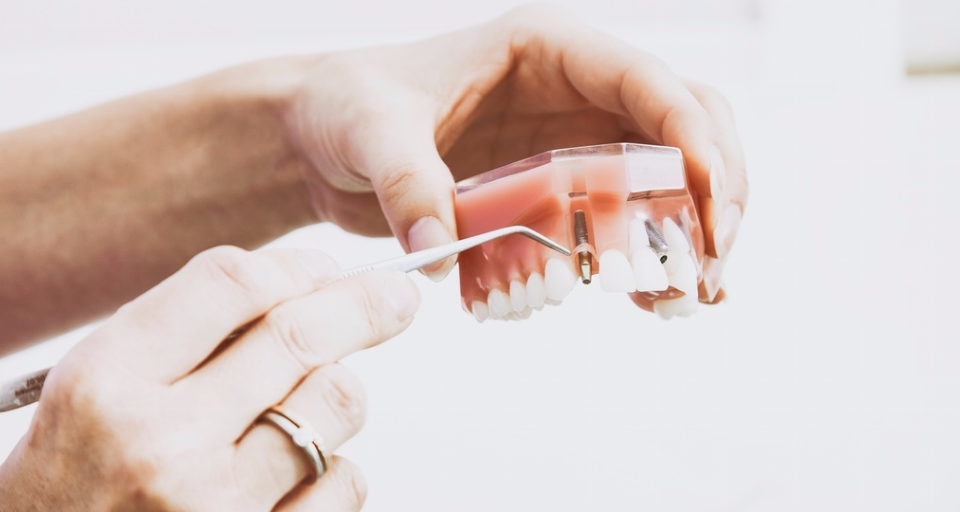Considering some form of treatment to help get whiter teeth but don’t really know much about the process (or what you can do to make it easier?) Well don’t worry. Here are 5 things you need to know about why we don’t all have perfectly white teeth all the time.
1. Teeth can be yellow for almost any reason
So you might know that smoking or drinking a lot of coffee (or soda) can have an effect on the colour of a tooth, but there are a whole host of reasons why someone’s teeth might get stained and be yellow. It could be something as simple as hitting a tooth off someone, having silver fillings in our mouths or just a little bit of bad luck in our family genes that can stop teeth from seemingly be perfectly white.
2. Your Tooth isn’t just one part
Ever look at a tooth that’s been pulled out? You’ll usually notice the long ends of the root and then if you flip it over you’ll see possibly a little bit of blood or a yellow/brownish looking bit in the middle. Your tooth isn’t all just one big white lump. The outer part of your tooth is made of enamel and the better condition we can keep it in, the whiter a tooth will appear. Underneath that is dentin which works to keep teeth healthy thanks to the nerve and blood vessels underneath that. Keeping all that in good order is what cna help teeth, although it mainly starts with having stronger enamel.
3. There’s Extrinsic and Intrinsic staining
A yellow mark on your tooth isn’t just a simple stain. There are actually two different types of stain a person can have on their tooth and this can affect what type of treatment you could receive.
Most people will have extrinsic (as in exterior) discolouration on their teeth that has been caused by simple external factors such as the drinks we consume. Because it essentially sits on the tooth, it is easy enough to remove with a teeth whitening treatment in just a few sessions.
Now some people may have intrinsic dicolouration. This occurs slightly deeper in to the enamel of our teeth and is harder to remove. In many cases someone with this type of stain will require the use of a bleach to slowly whiten the tooth over a longer period than traditionally needed.
4. Too much Fluoride is bad
Here’s something you need to know: fluoride does not make your teeth any whiter or brighter. Think of it like calcium. It can help make a tooth stronger, but it does not do anything for appearance. For the large majority of people the only time we ever come close to ingesting or using fluoride is in our toothpaste. And in some cases, having too much fluoride in our mouths on a conitnuous basis can actually do more harm than good.
When someone’s teeth come in contact too much with fluoride it can cause fluorosis; a condition which causes problems for teeth in formative years. The condition is more common for children when their teeth are growing for the first time. Someone with fluorsis will only really notice it when a “tooth eruption” has occured. This is when part of the tooth past the crown is exposed and visible in the mouth.
5. We get yellow as we age
Your teeth will naturally want to get yellow as part of the aging process in just the same way that your hair might turn grey. And this staining isn’t on the surface, but just under your enamel in what is the dentin. If we put our enamel through a lot work from what we eat and how we care for our teeth, the brightness can be hindered. This in turn allows the dentin (which is naturally yellow to begin with) to have an easier time “shining” through your teeth from the inside.
